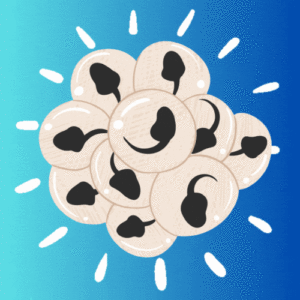
How we study Tadpole brains
The Xenopus Neurobiology Laboratory at the University of st Andrews uses newly hatched tadpoles of the South African Clawed Toad (Xenopus laevis) to investigate how its simple brain and nervous system produces the behaviour which enables the tadpoles to survive. This work was inspired by pioneering studies by George Coghill on the development of behaviour and the nervous system in hatchling Tiger salamanders and started by the Emeritus Prof Alan Roberts in the university of Bristol.
To study nerve cell activity and connections the tadpoles have to be immobilised using the snake venom: alpha-bungarotoxin. We then make electrical recordings from some of the motor nerves that normally make the swimming muscles contract. When we touch the tadpole, it does not move, but rhythmic activity in the motor nerves show that it has started to swim. If we press on the head, to imitate the tadpole bumping into something, swimming activity stops. These responses are just like the behaving tadpole.
To find out what is happening inside the nervous system the most important method we use is to make electrical recordings from one or two individual nerve cells in the brain or spinal cord. The recording electrodes can be used to inject dye so, after the experiment, we can see what the nerve cells look like.
More coming soon!

